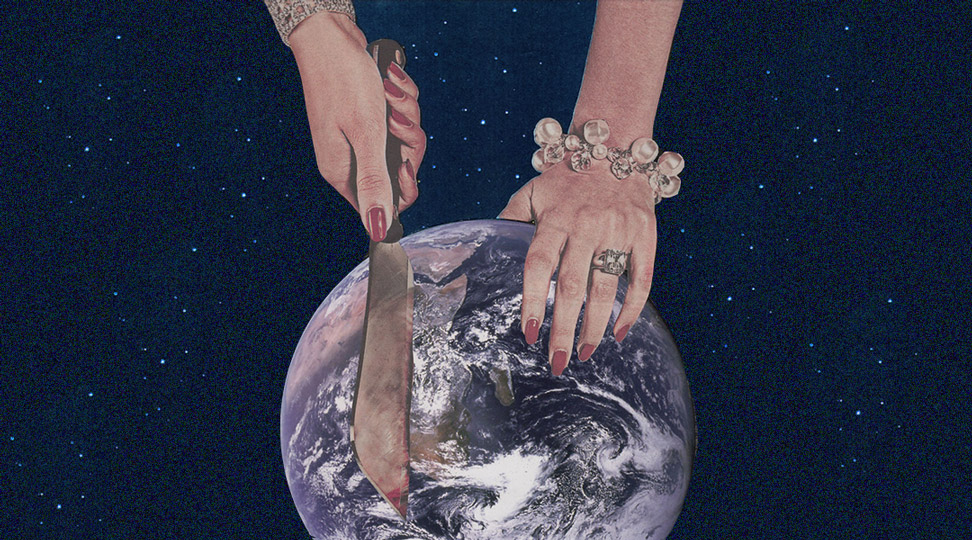Do you ever feel like a plastic bag? Drifting through the wind, wanting to start again?
The word gets tossed around very often without truly understanding how sustainability is rooted from the choice of materials, to the ethical production (mostly to support underpaid laborers) down to the way your product communicates its message to the public.
RELATED: Meet the Local Designer Who Dyes Her Clothes Using Plants

It’s a conscious cycle we have to uphold no matter how big or small your business is. Swedish retail brand H&M has been targeted by eco-friendly organizations ever since for the irony in their initiatives—pushing for their ‘Conscious’ line while remaining as one of the top contributors in the earth’s waste for their excessive production to cater to fast fashion’s fleeting needs.
Nowadays, most people think being a ‘sustainable’ brand is as easy as opting for paper bags instead of plastic packaging, plastering green thumb messages on your page’s feed as a reminder of ‘mindfulness’ yet forgetting the essence of the word itself.
Greenwashing is a trend most brands try to jump in but not all of them have the success rate to sustain. Sounds overwhelming? Start small. Research on materials that both have amazing quality at an affordable rate yet are ethically sourced and recyclable. Then identify what your brand stands for.
But never forget the afterlife of these products, too. Of course we want our garments to last forever but we all know it decomposes and can sit in landfill for the next few hundred years. You can work around this by looking into recycling schemes, upcycling or donating them to those in need.
As complex as it sounds, we are left with no other choice—and 2020 pretty much proves it. In 30 years, there will be more than 9 billion people on the planet, leaving resources continuously depleting and being in an industry churning out endless supply of waste. Honestly, the world really isn’t crying out for another pair of overpriced calf-skin leather boots. With this in mind, you’ll be surprised to know how much every little course of action matters. Take responsibility and normalize changing the system.
Collage art of Earth by Joe Webb





